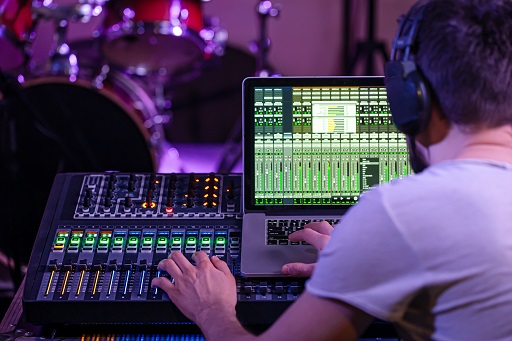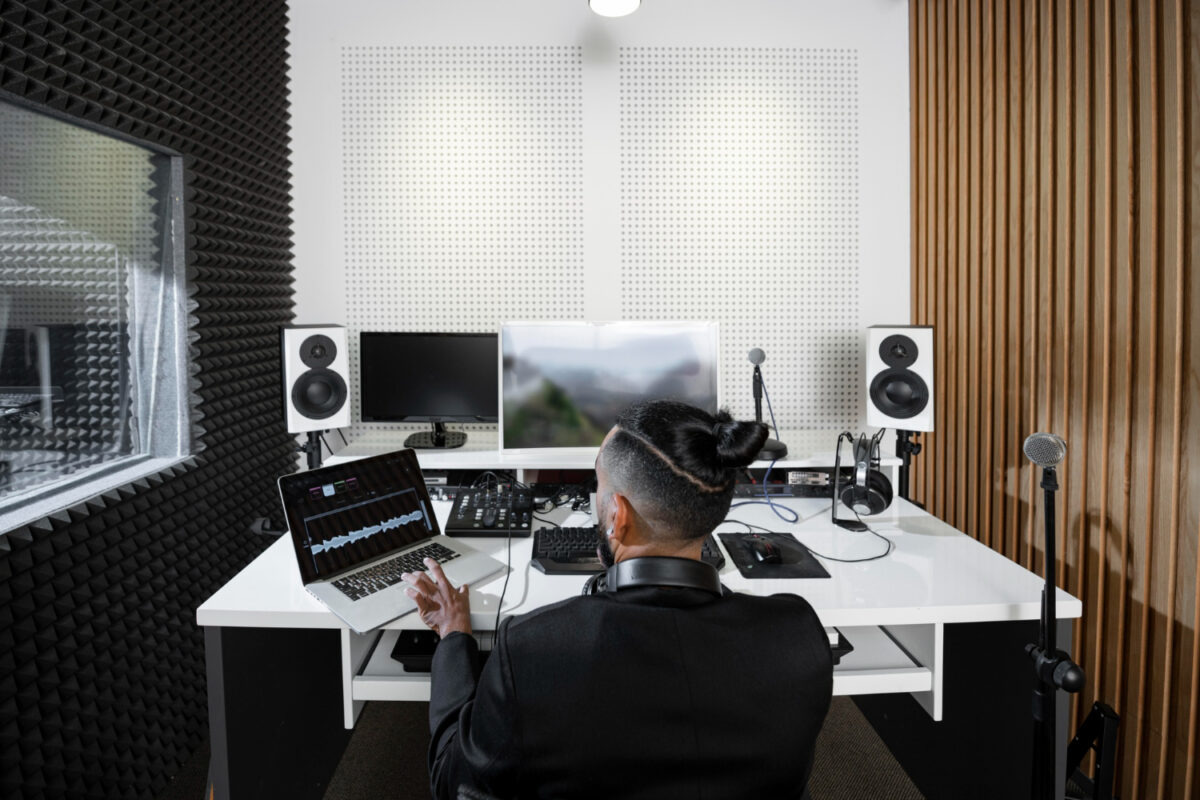
From Alexa to Siri, voice-guided experiences are becoming more and more popular. And there’s a reason for that – they’re convenient, hands-free, and can be very engaging. So how do you design a voice-guided experience that is both useful and enjoyable? Here are some tips from our team at Britannica. Designing a voice-guided experience for Britannica can be a fun and rewarding process. By taking the time to design a quality user interface and incorporating engaging content, you can create an immersive experience that will keep users coming back for more. Here are some tips to get you started.
How we decided to use Amazon Alexa as our platform
We decided to integrate Amazon Alexa into our sound system design because we thought it was a fun and innovative way to get people to interact with sound. We wanted to make sound accessible to everyone, no matter their experience level or technical know-how. By using Alexa, it was relatively easy for anyone to engage with sound. With just a few voice commands, users can access sound without having to worry about complicated options and settings. That’s why we chose Alexa – it seemed like the most user-friendly and creative choice for us!
The design process for Britannica Voice
Crafting sound systems is an art form, and at Britannica Voice, we take this art as seriously as our customers’ music-listening experience. From sound system design to data processing and sound engineering, we bring a playful touch to the technical nitty-gritty that ensures we provide only the best in sound quality. With advanced technology, innovative approaches, and plenty of craftsmanship – not to mention testing protocols for sound accuracy – every sound system built by us is equipped with the latest sonic advances. And importantly, you can be sure that your sound system will last for years of enjoyment; it’s designed to make sure of just that!
What we learned from launching Britannica Voice
Launching Britannica Voice has been a valuable experience for sound system design. The engineers have encountered challenges and realities that broaden their knowledge of sound system development and adding voice control capabilities. By thinking outside the box, our team improved the sound system design to create an experience like no other product on the market. After all, who wouldn’t want to find information in seconds by simply saying it out loud? We’ve learned a lot from this project but most importantly, how powerful sound system design can be when its intelligence is delivered through voice commands!
The challenges of designing a voice-guided experience
Crafting sound systems for end-users can often be a real challenge. You need to design something that is both engaging and effective, making sure users understand exactly what to do and what you’re asking from them. On top of this, you also have to make sure that the voice-guiding experience isn’t robotic or monotonous – it should be exciting and playful! This is no easy feat, but when done right, sound systems can make all the difference in terms of user experience.
Defining the problem – what are we trying to solve with this project, and why is it important?
We’re finally getting to work on sound system design! It’s a tricky project, but the rewards can be personally meaningful. We are aiming to create sound systems that provide superior sound quality with the sound produced from multiple independent sound channels designed for optimal music response, clarity, and sound envelopment. By solving this problem, we don’t just make sound systems enjoyable – we set a new standard of excellence in sound system design! This project is important because we get to show the world how beautiful sound can be when it is crafted perfectly. Let’s get those sound waves rolling!
Researching the existing landscape – what other voice-guided experiences are out there, and what can we learn from them?
When it comes to sound system design, there’s a lot to explore – and the existing landscape of voice-guided experiences is constantly shifting. From interfaces that help you order food to talk alarm clocks for heavy sleepers, it’s clear that developers have put sound at the forefront of their designs. By researching what already exists and testing them out for ourselves, we can gain insight into new sound-based opportunities. It’s all about stepping back from our own ideas and looking instead at what others have tried before – so let’s turn on our sonic magnifying glasses and dive in together!
Ideation and prototyping – coming up with creative solutions to the problem, and testing them out with users
Ideation and prototyping are two processes that sound engineers use in sound system design to make sure they’re creating an amazing experience for users. Ideation is a key element of sound system design – it’s where those genius sound engineers come up with creative solutions to any sound-related problem. Then, in the prototype stage, these sound engineers get passionate user responses by bringing the ideas to life and testing them out! If they give sound design their all, then audio enthusiasts will be singing their praises (pun intended!)
Implementation and evaluation – putting our solution into practice, and seeing how it works in the real world
Now that sound system design is out of the black box and into the real world, it’s time for implementation and evaluation. The goal is to make sure that sound system design performs as expected when put into action for real-world applications. But let’s face it – won’t it be fun to watch sound system design go from concept to solution? Let’s get our dancing shoes on and shuffle up sound system design into its rightful place in the real-world playbook!
That’s it! Our essential guide to sound designing voice-guided experiences. We hope you found it useful, and if you have any questions or comments, we would love to hear from you. Thanks for reading!
Voice-guided experiences are the future. They are convenient, hands-free, and non-disruptive. However, designing a voice-guided experience is not without its challenges. In this blog post, we talked about how we decided to use Amazon Alexa as our platform and the design process for Britannica Voice. We also shared what we learned from launching Britannica Voice. Stay tuned for more such blogs!
Get in touch with us
Related Posts

Location-Based Sound Recording: 6 Expert Tips for Noise Reduction

Secrets of the Sound Booth: 5 Tips to Achieve Professional-Quality Voice-Over Recordings
About Us
Lorem ipsum dolor sit amet, consectetur adipiscing elit. Phasellus pharetra pretium leo, sed lacinia nulla. Quisque iaculis, lectus sed eleifend vehicula, mi elit facilisis purus, vitae ornare magna elit non quam.
Get in touch with us
Let’s Socialize
Get in touch with us

